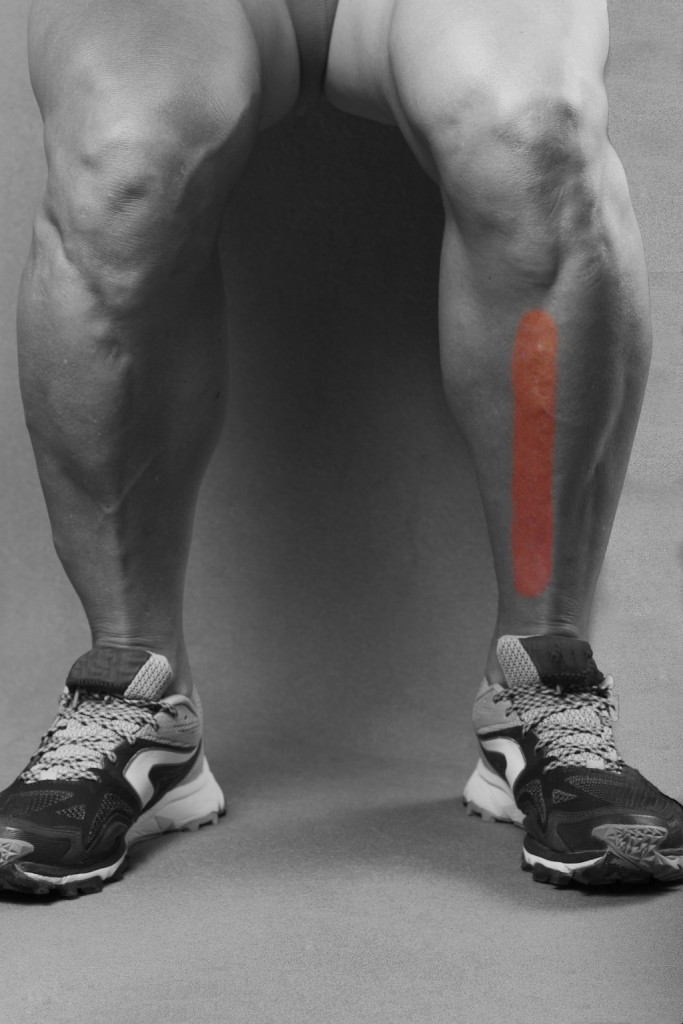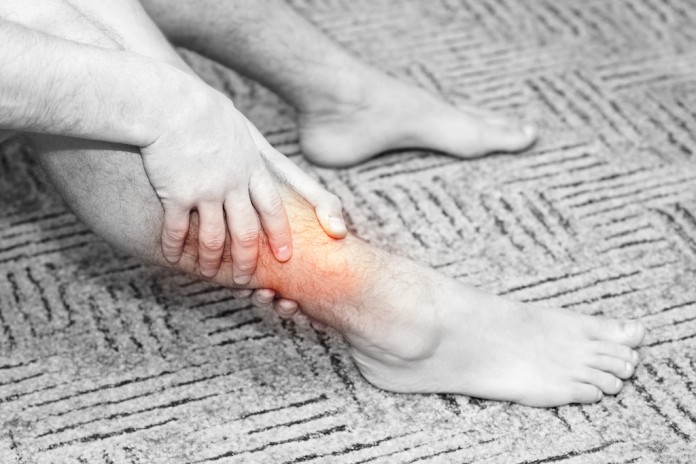You’re running along the east coast, feeling energized and free. Suddenly, the front of your leg feels strained. You carry on running, but the pain worsens. Every step is agony, yet you still push through to finish your run. Resting after the run gives you immense relief, until the pain returns when you start to walk again.
This anterior leg pain is often referred to as shin splints. It can be any pain from the anterior shin to the ankle. There are three commonly presenting conditions for shin splints. These conditions are most often found in sports personnel; they are caused and worsened by physical activity.
- Medial Tibial Stress Syndrome (MTSS)
- Compartment Syndrome
- Stress Fracture
1. Medial Tibial Stress Syndrome (MTSS)
This is a very common injury among athletes, and is an overuse or repetitive-stress injury. MTSS starts from inflammation of the shin splints, which can be worsened by continual exercise. The inflammation occurs along the muscle, tendon and lining of the bone. Repetitive stress on these muscles worsens the injury, as they do not allow the inflammation to heal properly.
The condition can be worsened by running, jumping, soccer, basketball; especially if done on hard surfaces. This causes even more pain to be felt in the lower part of the shin bone. If the pain is untreated, it can become persistent and even present in non-exercise activities such as walking or descending stairs. The pain may then extend to the muscles and bone extending to the front of the leg.
Ways to resolve the pain
- Reduce the inflammation, use ICE and Rest
- Reduce lower limb activities that aggravate the condition
- Switch to non-weight bearing activities to reduce inflammation
- Do gentle stretching exercises of the foot and lower leg
- If pain is not resolving and still persistent after 3 days, please consult a lower limb specialist
Preventive steps:
- Warm up before any work out.
- Gradually increase your physical activity in duration, intensity, and frequency avoiding sudden increases in exercise. Monitor your training regime closely.
- Strengthen your muscles, but always remain flexible by stretching before and after exercise.
- Get foot wear that give the right level of support for your feet, especially people with flat feet, collapsing arches or pronated foot type as they have higher inclination to developing MTSS.

2. Compartment syndrome
Shin splints refer to pain in the anterior compartment of the leg, meaning the front part of your leg. Anterior compartment syndrome describes numbness, tingling, pain and weakness in the leg. Exercise enhances these sensations, creating tightness in the affected compartment. There may also be a decreased feeling of space between the toes due to nerve compression.
What causes this to happen?
- Swelling in the leg muscles
- When the muscles are tight with scar tissue formation (inadequate stretching or recurrent injury)
- The swelling reduces the blood and nerve supply to the muscles
Ways to reduce the pain
- Obtain a correct diagnosis – see a specialist who can help run out underlying vascular, neurological or musculoskeletal issues causing the pain
- Reduce exercise that brings the pain
- Progressively increase your activites (frequency and intensity)
- Sports compression stockings may be considered
- If conservative treatment (listed above) fails, surgery may be considered
Ways to prevent recurrence
- Ensure you stretch and warm up adequately, seek professional medical advice if needed.
- Have sports injuries treated – scar tissue development can hinder your future performance in sports.
- Make sure your sports shoes are supportive with high shock absorbancy and stability around your ankle. Arch support orthotics may be needed to reduce tibial and ankle rotations in your foot.

3. Stress Fracture
Stress fractures are overuse injuries; when the muscles are tired they transfer the overload stress in the muscle to the bone causing small cracks called stress fractures.
Athletes in tennis, track, field, gymnastics and basketball are highly susceptible to stress fractures, especially in the lower limb. Women athletes are much more susceptible to stress fractures as they have a higher tendency to have eating disorders, amenorrhea, and osteoporosis leading to decreases bone mass and subsequently stress fractures.
Orthopaedic surgeons, sports physicians and podiatrists can help diagnose and treat stress fractures. X-rays are not a necessity and fractures may not show on x-rays for several weeks, but the clinician may order one to help confirm diagnosis.
Ways to reduce the pain
- Ice the painful area daily
- Rest from activities for 6-8 weeks – it takes this long for your bone to heal
- Your physician will strongly suggest immobilization and ask you to wear a cast
- Alternative bracing and shoe inserts may be offered to help heal your injuries
How to reduce recurrence rates
- Set incremental goals i.e. gradually increasing your mileage on a weekly basis.
- Mix and match your workouts, do some cross training to reduce repetitive stress on your bones. Mix strength training with cardio.
- Rest between work outs and competitions
- Slowly adapt to unfamiliar surfaces e.g. running outdoors Vs indoors
- Ensure you have a healthy diet, rich in calcium and vitamin D.
- Do not wear old, unsupportive and worn out running shoes. The fracture will worsen and become a more serious problem. Wear supportive footwear with ample cushioning and shock absorbency.
- If you experience persistent pain after sports then please ICE and rest. If resting does not resolve the pain, please seek medical attention.
Recognising the symptoms early and seeking medical help to recover means you can return to sports quickly and efficiently.


